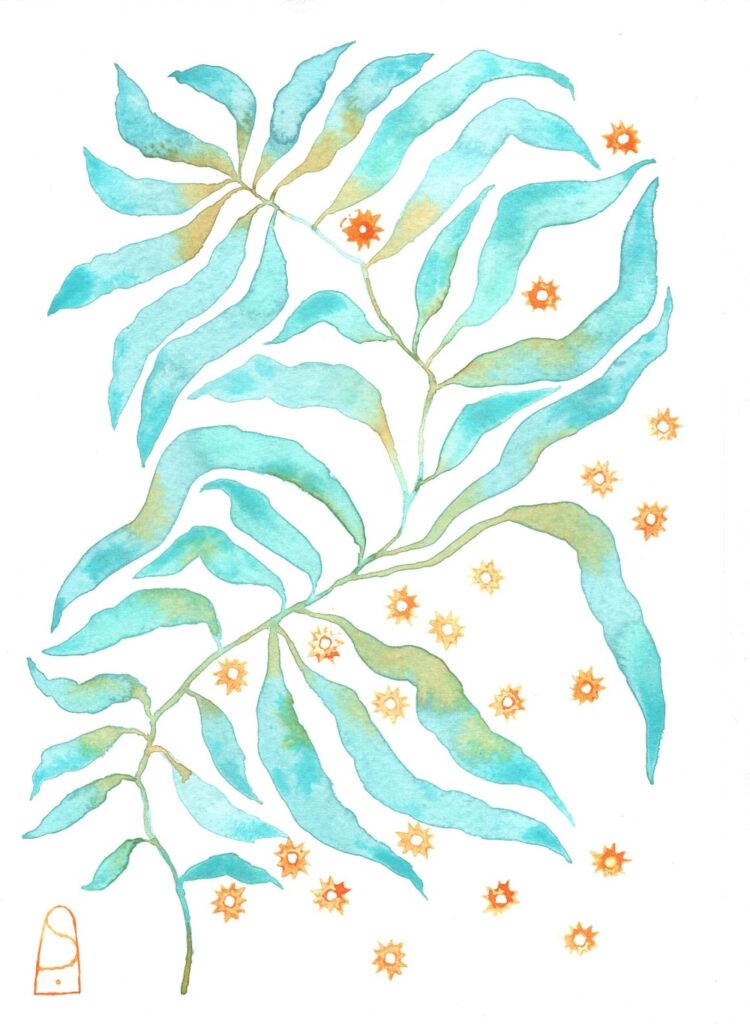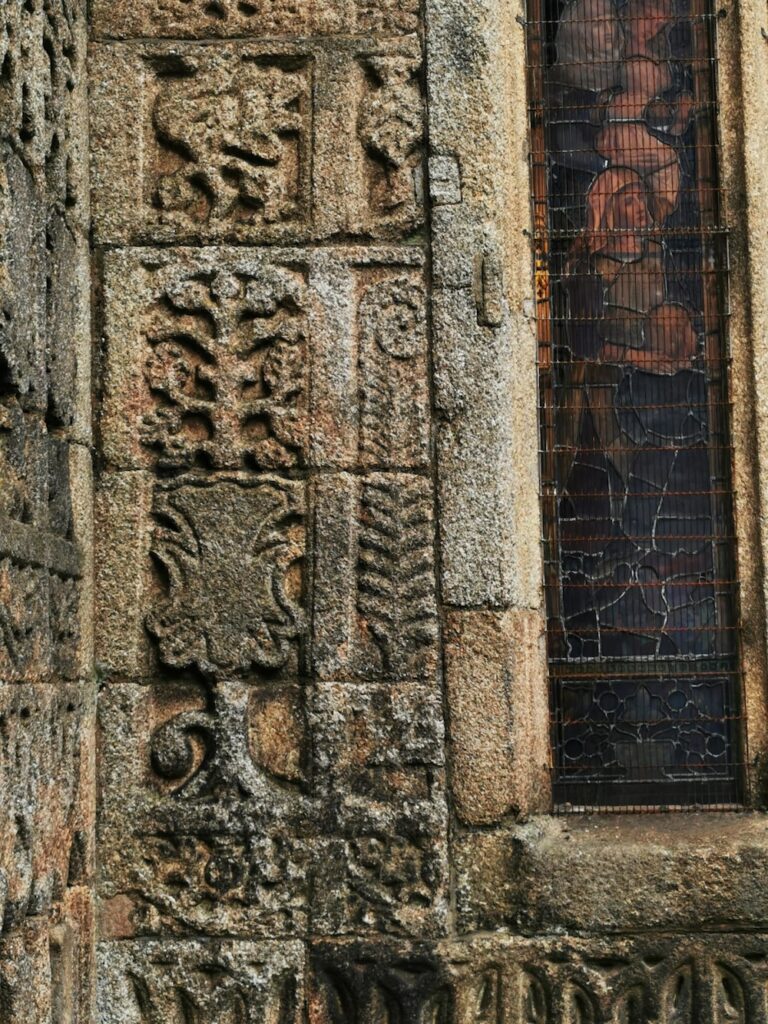Medieval churches, pteridomania and custard creams: Pip Squire considers ferns’ lasting entanglement with the idea of beauty.

Once you start looking, you notice ferns everywhere. I’m not just talking about physical, living ferns in the woods and walls, but also those utilised in the realms of art and design, where their sinuous forms have long been applied as decorative motifs.
Although ferns’ forms have been used decoratively for many hundreds of years — take the spectacular 16th century granite carvings of St Mary Magdalene Church in Launceston, for example — we largely have pteridomania, the Victorian fern craze also known as “fern fever”, to thank for their lasting entanglement with the idea of beauty. As hordes of fern enthusiasts collected, catalogued and cultivated specimens (sometimes to the point of catastrophe for wild plant populations), fern merchandise sprung up to capitalise on the trend, spawning all manner of books, paper ephemera, ceramics, glassware, home furnishings, clothing and jewellery.
Though these shapes may have become simplified over time, their forest-floor origins often forgotten, they still endure, curling around doors and picture frames, quietly bringing the outdoors inside. Legend has it fern fronds were even the inspiration for the curlicues of the humble custard cream.

St Mary Magdalene Church, Launceston. Photo: Nick Squire
*
As told to the editor.
An artist based in Devon and Cornwall, Pip Squire is a colour enthusiast, and a lover of the stories contained in plants, people and animals.